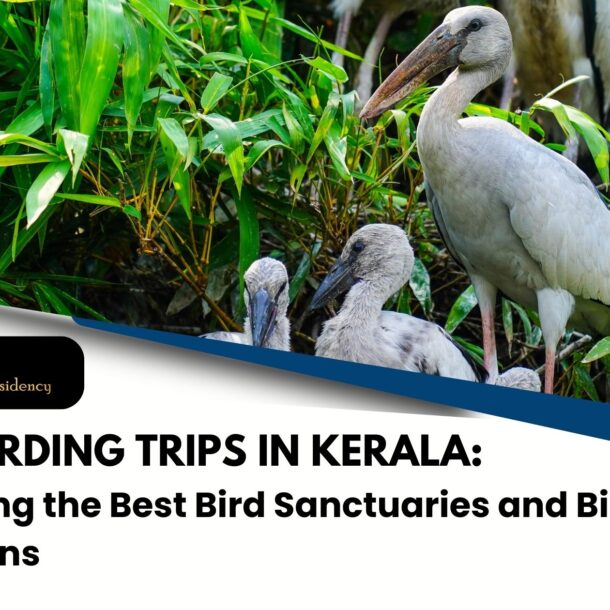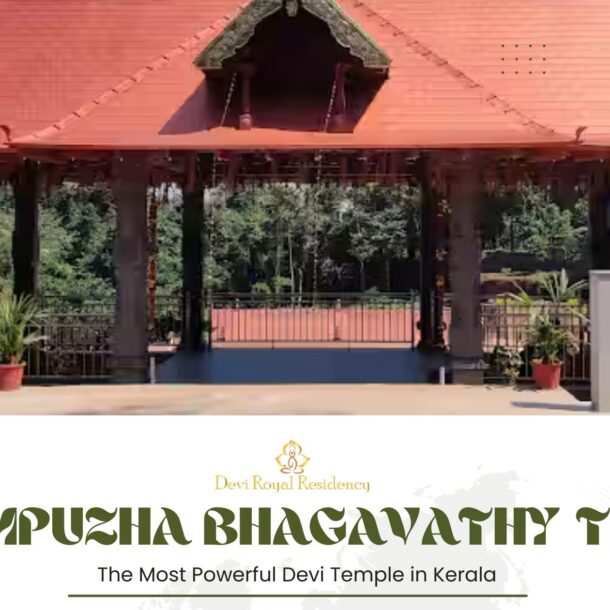
- Accommodations
- Rooms in Alappuzha!
- Best Hotels in Alappuzha!
- Best Hotels in Cherthala
- Book Cherthala Hotel Rooms
- @Homestay Alleppey
- Hotels Near Alleppey Backwaters
- Accommodations Near Alleppey Backwaters
- Luxury Lodges in Alleppey: High-End Hotels for a Premium Experience
- Best Budget Stays in Alleppey: Affordable Vacation Rentals
- About The Hotel
- Blog
- News
- WebStories
- Contact
- Booking

- Accommodations
- Rooms in Alappuzha!
- Best Hotels in Alappuzha!
- Best Hotels in Cherthala
- Book Cherthala Hotel Rooms
- @Homestay Alleppey
- Hotels Near Alleppey Backwaters
- Accommodations Near Alleppey Backwaters
- Luxury Lodges in Alleppey: High-End Hotels for a Premium Experience
- Best Budget Stays in Alleppey: Affordable Vacation Rentals
- About The Hotel
- Blog
- News
- WebStories
- Contact
- Booking

- Accommodations
- Rooms in Alappuzha!
- Best Hotels in Alappuzha!
- Best Hotels in Cherthala
- Book Cherthala Hotel Rooms
- @Homestay Alleppey
- Hotels Near Alleppey Backwaters
- Accommodations Near Alleppey Backwaters
- Luxury Lodges in Alleppey: High-End Hotels for a Premium Experience
- Best Budget Stays in Alleppey: Affordable Vacation Rentals
- About The Hotel
- Blog
- News
- WebStories
- Contact
- Booking
Comprehensive Guide to Chottanikkara Temple History and Experiences
The Chottanikkara Temple, located near Kochi in Kerala, is one of the most revered Hindu temples in South India. Known for its divine energy and cultural significance, the temple attracts devotees seeking spiritual solace and miraculous healing. This article explores the fascinating Chottanikkara temple history, rituals, and visitor information to help you plan your journey.
Chottanikkara Temple History
The Chottanikkara temple history dates back centuries and is deeply rooted in Kerala’s cultural and spiritual traditions. The temple is dedicated to Goddess Bhagavathy, also known as Chottanikkara Amma. According to legends, the temple was built by a devoted tribal man who discovered a sacred stone with divine vibrations in the area. Over time, this site evolved into the magnificent temple we see today. The temple is also associated with Lord Vishnu, and the deity here is worshipped in three forms: as Saraswati in the morning, Lakshmi in the afternoon, and Durga in the evening. This transformation signifies the universal power of the goddess to nurture, protect, and destroy negativity.What is the Story of the Chottanikkara Temple Ghost?
One of the unique aspects of the Chottanikkara temple history is its association with healing mental illnesses and removing negative energies. The temple is believed to have the divine power to free individuals possessed by spirits, often referred to as the Chottanikkara temple ghost. A special ritual called the “Guruthi Pooja” is performed in the Kizhukkavu Temple, a subsidiary shrine, to remove these negative influences. Devotees believe that the goddess’s divine intervention helps them achieve mental peace and liberation.What is the Best Time to Visit Chottanikkara Temple?
The best time to visit Chottanikkara Temple is during the cooler months from October to February. This period offers pleasant weather, making it ideal for exploring the temple and its surroundings. Another significant time is during the annual Makam Thozhal festival in March, when thousands of devotees gather to witness the grand celebrations and seek blessings.Why Should You Explore Chottanikkara Temple Photos?
Chottanikkara Temple photos capture the architectural grandeur and spiritual ambiance of the temple. From the intricate carvings on the sanctum to the serene surroundings, these images provide a glimpse into the temple’s divine beauty. Devotees often share photos of the vibrant festivals and rituals, inspiring others to visit this sacred site.Understanding the Chottanikkara Temple Timings
The Chottanikkara Temple timings are as follows:- Morning: 4:00 AM to 12:00 PM
- Evening: 4:00 PM to 8:00 PM
Who is Chottanikkara Amma?
Chottanikkara Amma is the presiding deity of the temple and is worshipped as an embodiment of divine motherly love and protection. Devotees believe that she removes suffering and grants prosperity, health, and spiritual wisdom. Her transformative forms as Saraswati, Lakshmi, and Durga represent her all-encompassing power.How Much is the Pooja at Chottanikkara Guruthi?
The pooja at Chottanikkara Guruthi is a vital ritual for those seeking liberation from negative energies. The cost of the Guruthi Pooja typically ranges between ₹1,000 and ₹2,000, depending on the offerings chosen by the devotees. This ritual is performed in the evening and is known for its transformative impact on individuals.What Are the Benefits of Chottanikkara Guruthi Pooja?
The benefits of Chottanikkara Guruthi Pooja are manifold. Devotees have reported significant improvements in mental health, relief from spiritual distress, and a sense of inner peace. The pooja is also believed to eliminate obstacles in personal and professional life, paving the way for happiness and success.Are Phones Allowed in Chottanikkara Temple?
While phones are allowed in Chottanikkara Temple, visitors are encouraged to maintain silence and respect the sanctity of the premises. Photography inside the sanctum is strictly prohibited, but visitors can capture the temple’s exteriors and surrounding areas. It is advisable to keep mobile phones on silent mode to avoid disrupting the peaceful ambiance.What Are the Names of Chottanikkara Devi?
Chottanikkara Devi is known by several names, each reflecting her divine qualities:- Saraswati: The goddess of wisdom and learning, worshipped in the morning.
- Mahalakshmi: The goddess of wealth and prosperity, worshipped in the afternoon.
- Durga: The goddess of power and protection, worshipped in the evening.
Chottanikkara Temple – A Spiritual Haven
The Chottanikkara Temple is a spiritual haven that offers solace, healing, and divine blessings. Whether you are intrigued by the Chottanikkara temple history, seeking answers about the Chottanikkara temple ghost, or planning a visit to experience the Chottanikkara Temple, this sacred site has something to offer for everyone. Embrace the divine energy of Chottanikkara Amma and witness the transformative power of this revered temple. Plan your visit today and immerse yourself in the spiritual aura of one of Kerala’s most cherished temples. Please be aware of the Chottanikkara Temple timings while you plan your visit.Add YourFAQ: All About Chottanikkara Temple History and More
The Chottanikkara temple history dates back centuries and is deeply interwoven with Kerala’s spiritual traditions. The temple is dedicated to Goddess Bhagavathy, also revered as Chottanikkara Amma, who is believed to cure ailments and mental distress.
According to legend, the site was once a dense forest where a tribal devotee discovered a sacred stone emitting divine vibrations. This led to the construction of the temple, which has since become one of the most significant religious sites in the region.
The goddess is worshipped in three forms throughout the day: Saraswati (morning), Lakshmi (afternoon), and Durga (evening), symbolizing her divine power.
According to legend, the site was once a dense forest where a tribal devotee discovered a sacred stone emitting divine vibrations. This led to the construction of the temple, which has since become one of the most significant religious sites in the region.
The goddess is worshipped in three forms throughout the day: Saraswati (morning), Lakshmi (afternoon), and Durga (evening), symbolizing her divine power.
Historical accounts suggest that the Chottanikkara temple was established by a tribal chieftain. Over time, it underwent significant renovations and expansions under the patronage of local rulers and devotees. The temple’s design reflects traditional Kerala temple architecture, characterized by its tiled roofs, wooden carvings, and sanctum sanctorum.
One of the most intriguing aspects of the Chottanikkara temple history is its association with mental healing and exorcism. According to folklore, the temple’s subsidiary shrine, Kizhukkavu, is where Goddess Kali assists in removing evil spirits and curing mental illnesses. The Guruthi Pooja, performed in the evening, is a powerful ritual believed to liberate individuals from negative energies.
The Chottanikkara temple is a stunning example of Kerala’s traditional architectural style. Key features include:
– Sanctum Sanctorum: The inner sanctum (“sreekovil”) houses the sacred idol and features intricate wooden carvings.
– Temple Tank: The holy pond is used for purification rituals by devotees.
– Chuttambalam: The outer structure surrounds the sanctum and showcases mythological murals.
– Sanctum Sanctorum: The inner sanctum (“sreekovil”) houses the sacred idol and features intricate wooden carvings.
– Temple Tank: The holy pond is used for purification rituals by devotees.
– Chuttambalam: The outer structure surrounds the sanctum and showcases mythological murals.
The temple is known for its unique and powerful rituals, including:
– Guruthi Pooja: A ritual at the Kizhukkavu shrine believed to remove negative energies.
– Deeparadhana: An evening lamp-lighting ceremony creating a mesmerizing spiritual experience.
– Sarayu Pooja: A prayer ritual invoking the goddess’s blessings for prosperity and well-being.
– Guruthi Pooja: A ritual at the Kizhukkavu shrine believed to remove negative energies.
– Deeparadhana: An evening lamp-lighting ceremony creating a mesmerizing spiritual experience.
– Sarayu Pooja: A prayer ritual invoking the goddess’s blessings for prosperity and well-being.
Despite its ancient origins, the Chottanikkara temple remains relevant today as a center of spiritual healing and cultural heritage. Thousands of devotees visit the temple annually to seek blessings, experience peace, and participate in its vibrant festivals. The temple also preserves Kerala’s rich traditions and architectural beauty.
Visitors can explore the Chottanikkara temple history by:
– Observing its stunning architectural details.
– Participating in daily rituals and spiritual ceremonies.
– Engaging with locals and exploring temple festivals like Makam Thozhal.
– Observing its stunning architectural details.
– Participating in daily rituals and spiritual ceremonies.
– Engaging with locals and exploring temple festivals like Makam Thozhal.
If you’re visiting the Chottanikkara temple for the first time, keep these tips in mind:
– Dress modestly to respect the temple’s sanctity.
– Check the temple’s timings to attend key rituals.
– Participate in early morning prayers for a peaceful experience.
– Follow guidelines regarding photography and mobile phone usage.
– Dress modestly to respect the temple’s sanctity.
– Check the temple’s timings to attend key rituals.
– Participate in early morning prayers for a peaceful experience.
– Follow guidelines regarding photography and mobile phone usage.
To get the latest of our offers,
please sign up for our newsletter
Hear about our latest offers by signing up to our mailing list.

